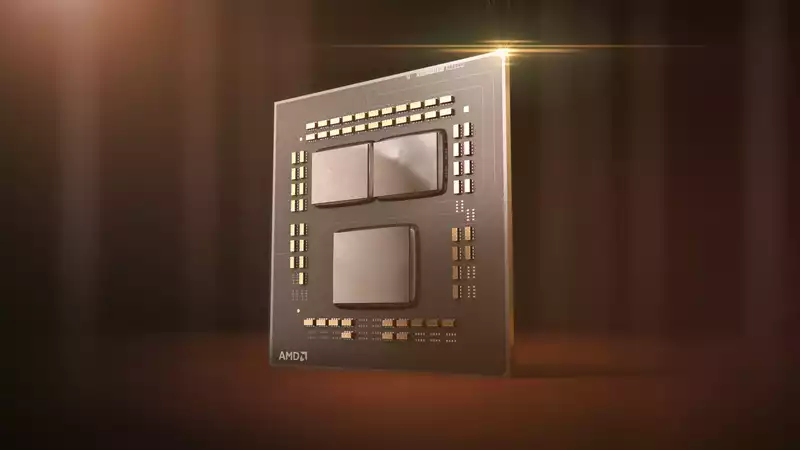AMD's Ryzen 5000 chip has landed. For more details, see our review of the AMD Ryzen 9 5900X, but suffice it to say that it comprehensively and unequivocally delivers on the promise of the AMD Zen architecture Since the first Zen CPUs launched in 2017, it has been clear that AMD is headed in the right direction . But in the Zen 3 and Ryzen 5000 series, AMD has got a CPU technology that does it all and has it all.
Everything is faster. And that finally includes gaming. Efficient. It can be manufactured economically. It's a true slam dunk.
Intel, on the other hand, is in disarray. Much of this is due to the delay in the 10nm node. But let's not forget that Intel has made further failures, including serious security flaws built into its chips. The fact that Intel is about to launch its next-generation mainstream CPU, Rocket Lake, backported to 14nm and limited to just eight cores, is a pretty devastating sign of its current predicament. [Add in AMD's upcoming RDNA 2 GPUs in the form of the Radeon RX 6000 series, not to mention the next generation of gaming consoles with AMD CPU and GPU technology, and the future is not looking bright. But here's the thing: AMD has not yet become the PC processor champ, nor is it likely to do so in the near future.
AMD has increased its overall x86 market share every quarter for the past 12 consecutive quarters. That's fantastic. But in the desktop and laptop markets it still only accounts for 20%. In servers, it is closer to 6%.
In other words, immediate product quality alone is not enough to overcome market inertia. Intel is diving deep. Really deep; AMD's Renoir laptop chip, known as the Ryzen 4000 series, is a perfect example. When it was first released, it was dramatically, arguably, galactically better than anything Intel could put in a laptop. However, this did not result in notebook PC makers switching to AMD en masse.
Indeed, the complexity of integrating a CPU into a portable form factor inevitably makes it difficult for manufacturers to switch quickly between competing architectures. Yet, more than six months after the first Renoir systems were introduced, well-known brands such as Razer still do not offer laptops with AMD processors.
As for server chips, the market is even more stalemated. According to some commentators, Intel has struggled to meet demand for 14nm processors in recent years because software and firmware fixes for various security flaws applied to server systems have had a devastating effect on performance, causing IT managers to The reason for this is that the software and firmware fixes for the various security flaws applied to the server systems had a catastrophic impact on performance, and IT managers had to purchase billions of new systems to make up the shortfall. That's right. When Intel CPU performance plummeted due to security flaws, it meant increased sales, not a switch to AMD.
There are perfectly legitimate reasons that don't apply to desktop PCs and gaming rigs. Legacy software support, for example. Relationships. Risk management. Maintaining uptime for really important financial and medical services. It's all boring stuff.
But the larger point is that even with clearly superior technology, it will take time for the balance of power to shift decisively; AMD needs to keep producing dominating CPUs, year after year, product cycle after product cycle.
On the other hand, of course, there is only good news for PC gamers: AMD has great new CPUs and the market is competitive. In short, PC processor technology is picking up pace again after a decade of relative stagnation during Intel's near heyday. Moreover, Intel's roadmap suggests that AMD has little to worry about until at least 2022.
Still, Intel remains a much larger and wealthier organization. That is not likely to change anytime soon. Intel can afford to ride out this cycle; AMD will probably continue to gain market share, but gradually. And Intel will almost certainly make a comeback.
In other words, the message to AMD is simple. Keep your feet on the floor. Keep delivering great technology, and the Ryzen 5000 has to be the beginning of something even greater. It is a step on a journey, not a final destination.
.

Comments